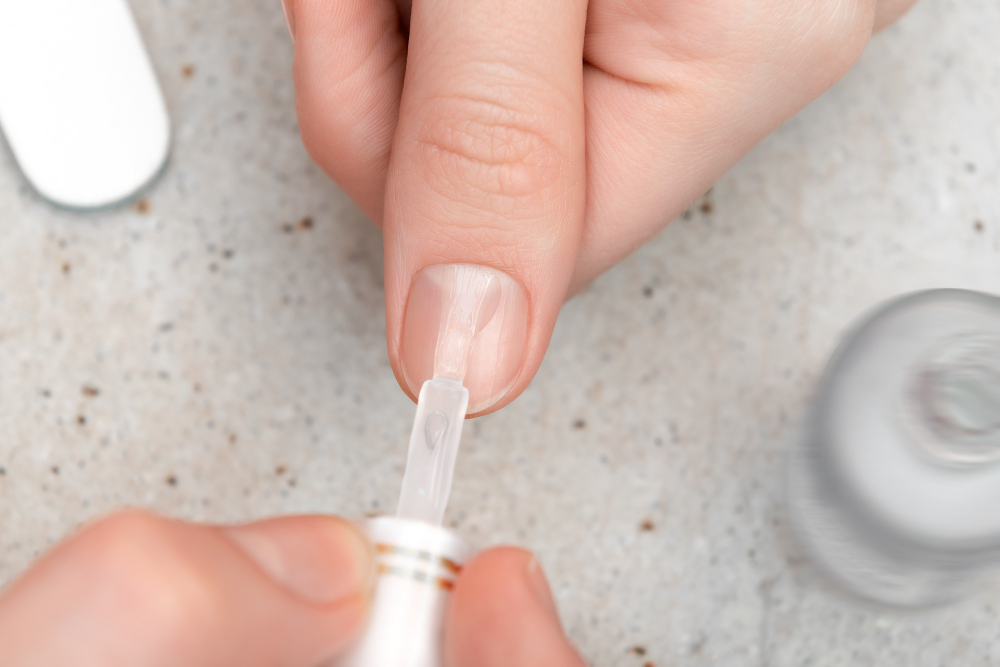In the realm of household essentials and repair kits, super glue and nail glue stand as two prominent adhesives, often leaving users perplexed about their similarities and differences. While both belong to the cyanoacrylate family of glues, renowned for their quick-setting and strong bonding properties, they exhibit distinct characteristics that cater to specific applications. Let’s delve into the world of adhesives and unravel the truth behind the super glue and nail glue conundrum.
Exploring the Chemical Composition and Properties: A Tale of Cyanoacrylate
At the heart of both super glue and nail glue lies cyanoacrylate, a versatile chemical compound that forms the foundation of their adhesive prowess. This remarkable substance, when exposed to moisture, undergoes a rapid polymerization process, resulting in a durable and crosslinked polymer network. This intricate network is responsible for the impressive bonding strength that both super glue and nail glue exhibit.
However, subtle variations in the formulation of super glue and nail glue set them apart for specific applications. Super glue, true to its name, is a general-purpose adhesive that packs a powerful punch. Its higher concentration of cyanoacrylate grants it enhanced bonding capabilities, making it suitable for a wide array of materials, including plastics, metals, ceramics, and even some porous surfaces.
In contrast, nail glue, as its name suggests, is meticulously crafted for the delicate task of adhering artificial or natural nails to the nail bed. Its formulation incorporates plasticizers and other modifiers that provide a delicate balance of strength and flexibility. This balance ensures a strong hold while allowing for some movement, preventing the nail from cracking or breaking under everyday wear and tear.
Applications and Suitability: Finding the Right Fit
Super glue, with its exceptional bonding strength and versatility, finds its niche in a diverse range of applications, spanning household repairs, hobby projects, and even industrial settings. Its ability to form strong bonds with a variety of materials makes it a go-to solution for fixing broken items, crafting DIY creations, and adhering to various objects.
Nail glue, on the other hand, excels in the specialized realm of nail enhancement. Its unique formulation, tailored to the specific requirements of nails, provides a secure and flexible bond that withstands the rigors of daily life. Whether it’s attaching artificial nails for a glamorous touch or repairing a broken natural nail, nail glue delivers the necessary adhesion while preserving the flexibility essential for nail health.
Sure, here is a rewritten article on whether super glue is the same as nail glue, with more useful information for a layman:
Can I Use Super Glue as Nail Glue?
Super glue and nail glue are both adhesives that can bond materials together. However, they are not exactly the same thing. Super glue is a general-purpose adhesive that can be used on a variety of surfaces, while nail glue is specifically designed for use on fingernails.
What’s the Difference?
The main difference between super glue and nail glue is the type of cyanoacrylate they use. Super glue uses a higher concentration of cyanoacrylate, which makes it stronger and more durable. Nail glue, on the other hand, uses a lower concentration of cyanoacrylate and adds other ingredients, such as plasticizers, to make it more flexible. This flexibility is important for nail glue because it allows the glue to move with the nail as it grows.
Here is a table summarizing the differences between super glue and nail glue:
| Feature | Super glue | Nail glue |
|---|---|---|
| Type of cyanoacrylate | High concentration | Low concentration with plasticizers |
| Strength | Strong | Flexible |
| Durability | Durable | Less durable |
| Applications | Bonding a variety of materials | Gluing on fingernails |
Safety Considerations and Proper Usage: A Priority for Well-being
While super glue and nail glue prove to be valuable tools in various applications, their potent adhesive properties demand careful handling and adherence to safety precautions. Cyanoacrylate, the main component of both glues, can cause skin irritation and even bonding to the eyes or skin if not handled with care.
When using super glue or nail glue, it is crucial to prioritize safety by wearing protective gloves to prevent skin contact. Additionally, avoid direct contact with the eyes, as the adhesive can cause temporary blindness if it comes into contact with the eye’s cornea.
For optimal adhesion, ensure that the surfaces to be bonded are clean, dry, and free from any contaminants. Apply a thin layer of glue to both surfaces and press them together firmly for a few seconds. In the case of nail glue, a small amount should be applied to the underside of the artificial nail before pressing it firmly onto the natural nail, holding for about 10-15 seconds to ensure a secure bond.
Conclusion: Navigating the Adhesive Landscape with Confidence
Super glue and nail glue, while sharing a common chemical base, have evolved to cater to specific applications and user needs. Super glue reigns as a versatile adhesive for a wide range of materials, while nail glue excels in the specialized realm of nail enhancement.
When selecting between the two, it is essential to consider the materials to be bonded and the desired properties of the adhesive. Super glue’s strength and versatility make it ideal for a variety of tasks, while nail glue’s flexibility and specialized formulation make it the preferred choice for nail applications.
By prioritizing safety, following proper usage instructions, and selecting the appropriate adhesive for the task at hand, both super glue and nail glue can serve as valuable tools for various household and personal care needs.


Leave a Reply